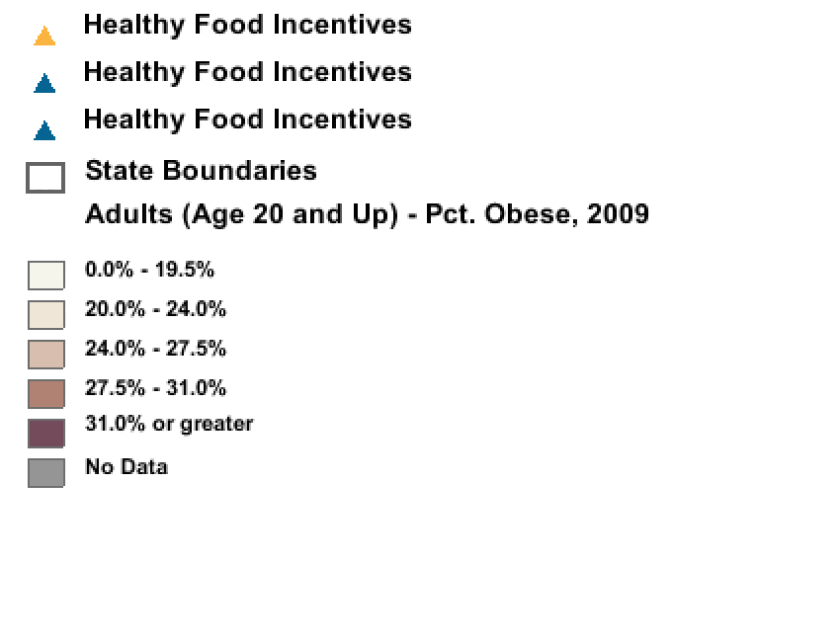The core of the Commons is the Map of the Movement: a national map that denotes more than 300 groups and initiatives that have signed onto the website. Groups are designated by their type, focus area and other variables, allowing users to customize and search the information to find others with interest in the same topics and in the same area. Local officials could zoom into their region on the map and find Let’s Move or Pioneering Healthier Communities groups nearby.
One click brings users to a profile page of each member, replete with all manner of relevant information: focus areas (such as healthy eating or childhood care); organizations with which they coordinate (such as local health departments or school districts); target populations; contact information and more. It’s possible to ‘follow’ users, a la Twitter, so their activity shows up on a user’s main log-in page. Public and private messages can be sent, and like-minded groups can be joined.
“We want to help you get connected to others and help others get connected to you,” said Jamie Kleinsorge, program assistant at the Community Initiatives Network, which has been involved in the site's development, during the YMCA’s Healthier Communities Learning Institute in Denver this week.
The Community Commons launched in October 2011 and a second beta version debuted in March. Its goals are modest: to serve as a fundamental platform for the healthy communities movement. Marquee groups such as the CDC, YMCA and the Robert Wood Johnson Foundation have been supportive of its early adoption and expansion.
The shiny new function of the updated Commons is the Map Room or “Make a Map” tool, powered by CARES. More than 7,000 data sets are at one's disposal. Through a simple and short customization process, users can create interactive maps that overlay various data layers (such as initiatives that have joined the website and data available from the federal government) that would ideally illustrate both areas of concerns and those with potential for action within certain sectors and geographic regions.
Kleinsorge cited the example of Ted Eytan, a blogging physician in Washington, D.C., who (inspired by HBO’s “Weight of the Nation” documentary) took available obesity data and an index of food desert tracts in his area, combined them in the Map Room and crafted a blog post around the resulting map. “This is an example of one way you can use Community Commons to start to help people visualize the problems or the opportunities that lie in your community,” she said.
Data from federal agencies such as the Census Bureau, CDC, FEMA and USDA, spanning areas such as obesity rates and heart disease prevalence, as well as all the initiatives logged into the Commons, are available to users. Links are also provided to the original data sets, which note when the data was most recently updated and offer downloadable Xcel sheets for further use.
The "Make a Map" tool is remarkably easy to use. This Governing reporter mastered it within minutes and created the below map, overlaying healthy food incentive initiatives for corner stores, farmer markets and grocery stores with county-level obesity data.










